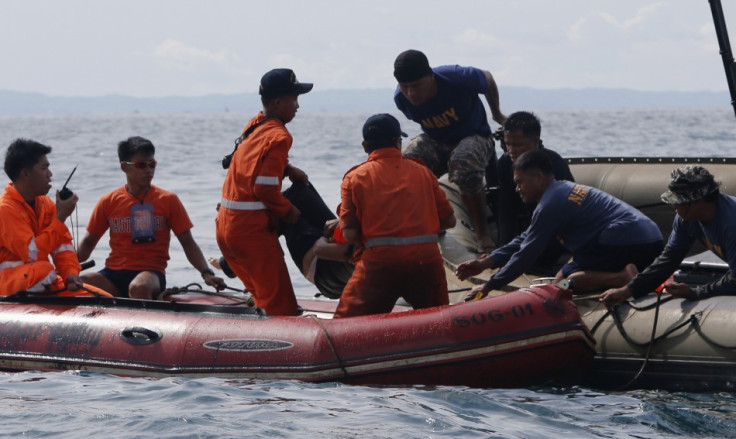26 Dead as Philippines Ferry Thomas Aquinas Collides with Cargo Ship

More than 200 people are missing and 26 people have died after a ferry collided with a cargo ship and sank off the Philippines.
The ship was carrying 752 passengers and 118 crew members, according to coastguard figures. The incident took place around 2km from the shore.
The ferry was sailing into the port at Cebu - the country's second biggest city - when it smashed into the cargo ship, the Sulpicio Express 7, travelling in the opposite direction on Friday evening.
"The impact was very strong," Rachel Capuno, a spokesperson for the 2Go Group, owners of the ferry, told local radio.
Hundreds of passengers panicked and jumped into the sea as the ferry started taking in water and sinking, while the crew attempted to distribute life jackets.
But many of the passengers were sleeping while others couldn't find their way in the dark, said reports.

One survivor, Jerwin Agudong, said he and other passengers jumped overboard in front of the cargo vessel.
"It seems some people were not able to get out," Agudong told radio station DZBB. "I pity the children. We saw dead bodies on the side, and some being rescued."
Aldrin Raman, another survivor, told reporters: "It happened fast, we felt that the cargo ship hit us and minutes later we noticed our ship was listing.
"I grabbed a life vest and jumped overboard. I saw many passengers doing the same."
He said fishermen rescued him and several other passengers who had jumped into the sea. Local officials said dozens of fishing boats helped in the rescue.
One of the crew members on the ferry said the ship sank within 10 minutes of the impact.
"The collision left a gaping hole in the ferry and water started rushing in, so the captain ordered abandon ship," he said. Most of the passengers were already wearing life jackets before the ship sank, he said.
The ferry sank within 30 minutes of the collision, according to AFP news agency.
Rear Admiral Luis Tuason of the coastguard said navy divers recovered at least four more bodies from the wreck.
"There could be more bodies there but there were ropes inside that our divers could get entangled in," he told the BBC.
Divers with deep-water equipment were dispatched to help recover and search for more bodies, he added.
Another coastguard official told reporters that the cargo ship Sulpicio Express 7 had 36 crew members on board, but did not sink.
Passengers on the ferry had embarked at Nasipit in the southern Philippine province of Agusan del Norte.
The coastguard and some commercial vessels were able to pick up more than 600 survivors.
The 11,000 tonne ferry was 40 years old, and operated by a Chinese-owned company called 2Go, according to the BBC's South East Asia Correspondent Jonathan Head.
The company became the largest ferry operator in the Philippines three years ago, following a merger of several smaller firms.
Joy Villages, an official at the coastguard's public affairs office headquarters in Manila, told AFP it was too early to determine the cause of Friday's collision.
She said the Thomas Aquinas was a "roll-on, roll-off" ferry that allows vehicles to be driven aboard.
Maritime accidents are frequent in the Philippines because of typhoons, badly maintained passenger boats and weak enforcement of safety regulations.
The world's worst maritime disaster in peacetime occurred in the Philippines in December 1987. More than 4,000 people died when the Dona Paz ferry collided with a tanker.
© Copyright IBTimes 2025. All rights reserved.






















